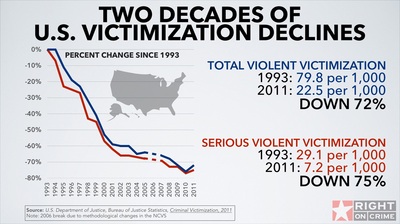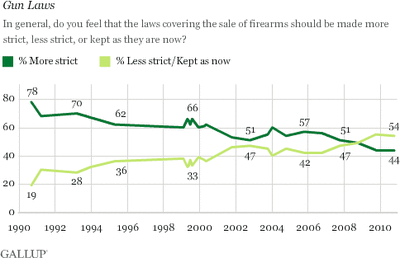But once again, the President has taken a stand on a particular policy, and it has backfired on him having the opposite result, and any chance of enhanced gun control during his administration appears to be dead in the water.
|
This month’s blog ranks amongst the biggest of unintended consequences I have witnessed. Since the inception of the Obama presidency, gun control has been in the forefront of his Agenda. The president lobbied extensively to reinstate the expired ban on assault weapons in addition to requiring background checks on all gun purchases (it would close the Gun Show loophole). He began to increase the hyperbole in 2011, and in his State of the Union message in 2013, which came shortly after the Sandy Hook shootings in Newton, Conn., he made an impassioned plea for Congress to vote on anti-gun legislation. The president stated that “… weapons that were designed for soldiers in war theaters, don’t belong on our streets”. A surprising statement soon followed from Supreme Court Justice Antonin Scalia, a strict constitutional interpretist, who stated, “there are some limitations that can be imposed. He also recounted that laws concerning weapons were in effect when the Constitution was ratified. How effective was the presidents campaign on gun control? Well, to be kind, it is safe to say that the President’s position has most certainly raised awareness, but I don’t believe in the manner that he intended. The day after he was re-elected in 2012, stock prices for Smith and Wesson and Sturm Ruger rose more than 10% and 6% respectively. There is no data for Colt Defense since they are not a publically traded corporation. As a matter of fact, in 2012, nationwide gun sales set a national record and 2013 they went even higher. There were over 21 million applications that were processed by the NCIS (National Crime Information System) in 2013. If you look at the stock prices of Sturm Ruger and Smith & Wesson, they have increased dramatically. Rugers increased by 300% and S&W increased by 500% (charts); and because of the presidents stance, they were amongst the best performing stocks in their exchanges. The NRA (National Rifle Association) has also capitalized on this. If you look at crime in the United States, it peaked in 1991, and has declined since then. There are a number of theories about this that range from pro-active policing to lead paint and gasoline reduction to the passage of Roe v. Wade (Levitt & Dubner’s book Freakonomics). The NRA’s explanation for the decrease in crime has been the increase in gun ownership If you look at the polls on gun control (below), the results are mixed. In a USA Today poll taken shortly after the Sandy Hook shootings (this would obviously have a pro gun control bias), there was an increase of people who favored an increase in gun control laws, but clearly not a majority and certainly no statistical significance. In a Gallup poll (considered to be scientific survey) prior to Sandy Hook, a majority of those polled favored less strict laws, and to no surprise, the support for 2nd amendment rights are along party lines, with a majority of independents favoring the rights of gun ownership. But once again, the President has taken a stand on a particular policy, and it has backfired on him having the opposite result, and any chance of enhanced gun control during his administration appears to be dead in the water.
0 Comments
Leave a Reply. |
AuthorJohn Tommasi is a retired Senior Lecturer of Economics & Finance from Bentley University and the University of New Hampshire. Archives
February 2023
Categories |








 RSS Feed
RSS Feed
